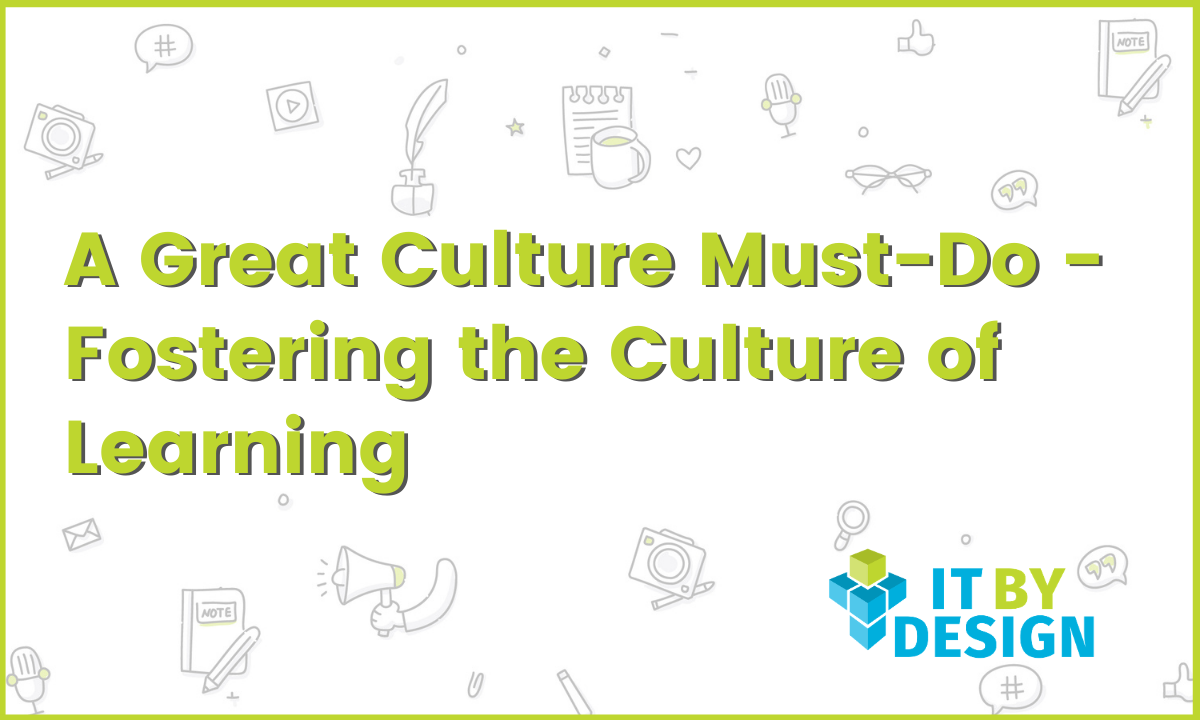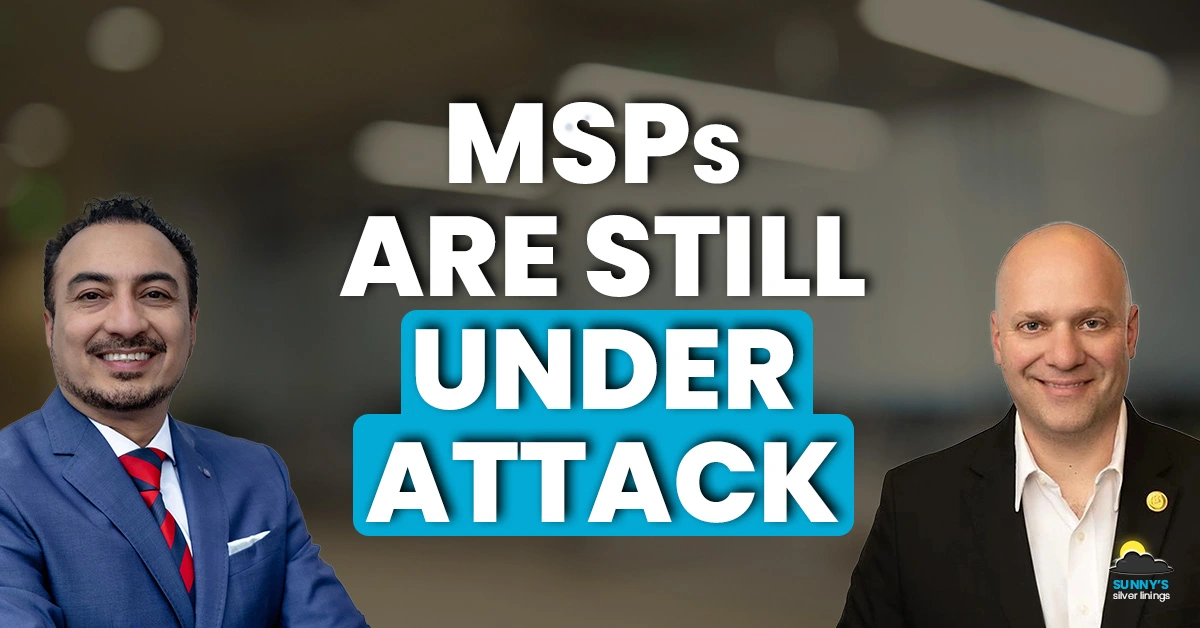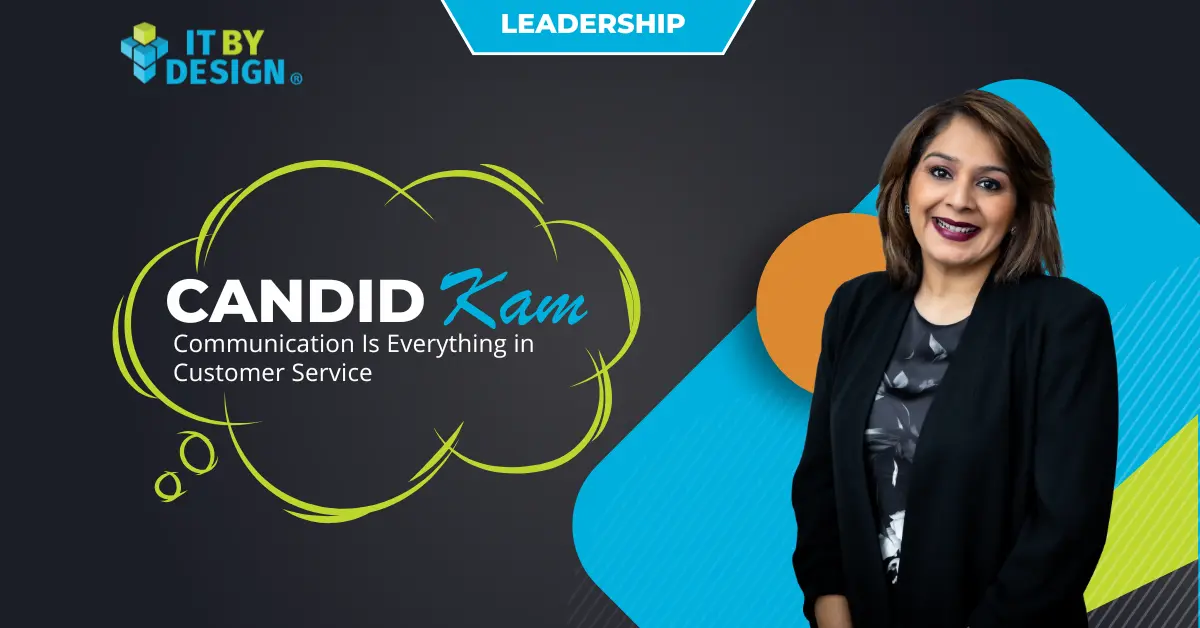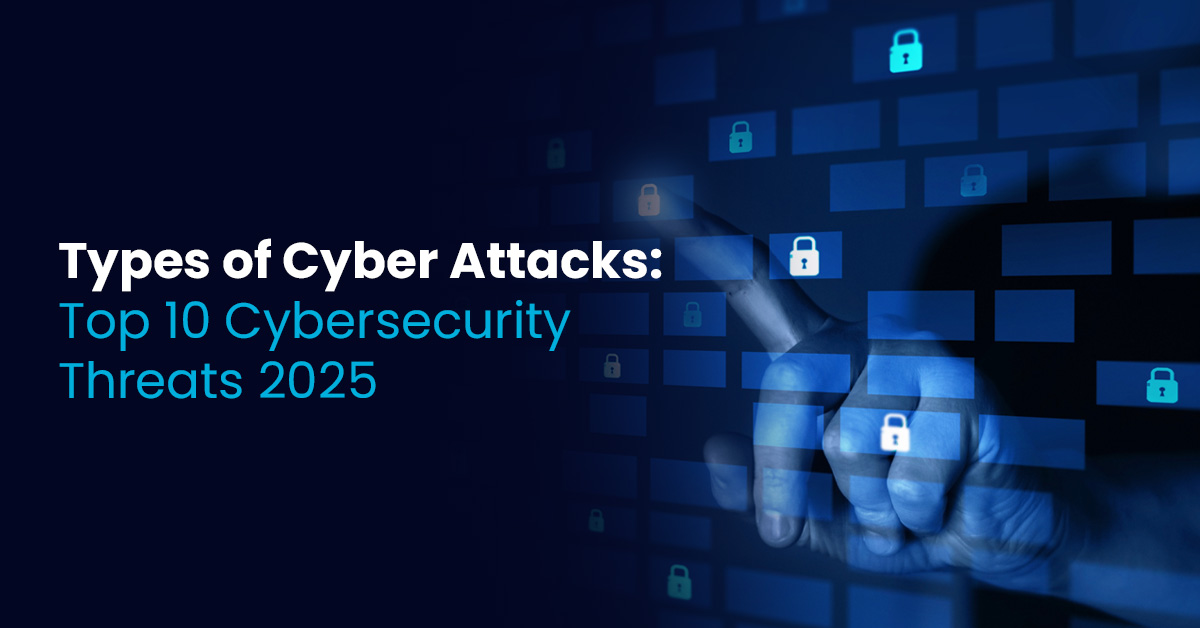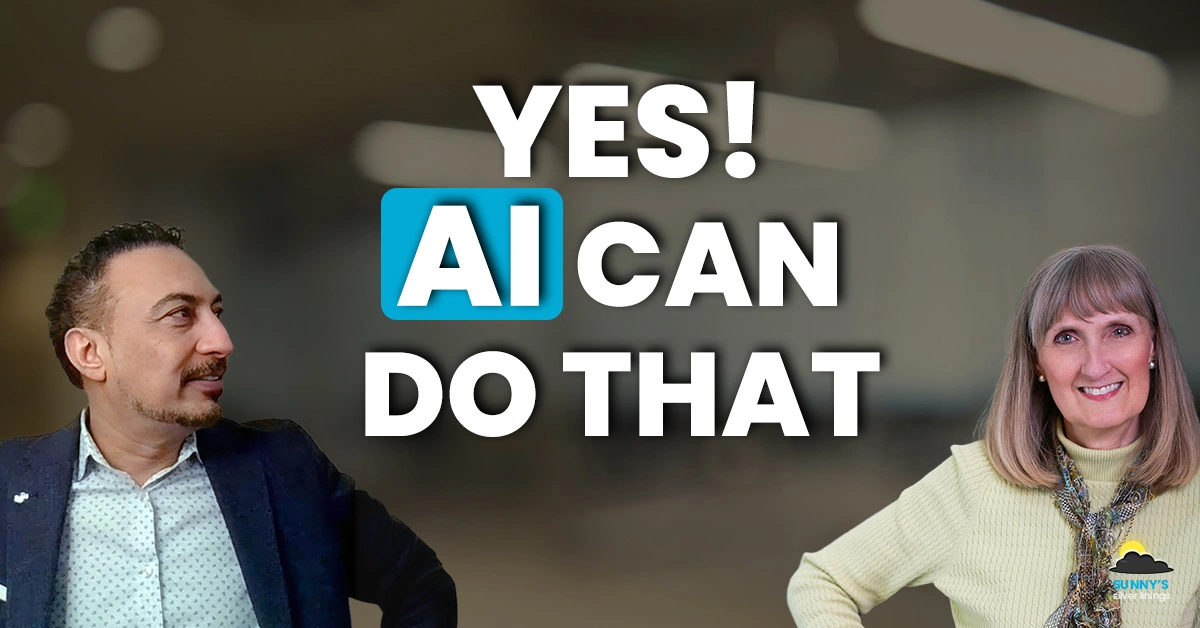Developing a learning culture is no longer a “should do” idea. It is essential for businesses to invest in organization-wide learning initiatives not just to survive in a hostile business environment but to grow and mature as a corporate community. Developing a learning culture may take a little time and effort, but in the long run, it delivers impressive results.
Employee education impacts all areas of your business—from productivity to employee retention. It only makes sense why fostering the culture of learning keeps your teams agile, focused, and driven. It encourages your talent to find new ways to look at the world, to think outside of the box, and to look at problems as a piece of a puzzle that needs to be solved. On the contrary, organizations that do not invest enough in their people’s development are eventually daunted by high employee turnover, low client engagement, and the inability to compete against the ever-growing competition.
Examine and find learning gaps and weaknesses
From product knowledge training to onboarding sessions, everything should be planned to keep your talent engaged with their learning goals. And to accomplish that, you must first identify your strengths and weaknesses as a learning organization.
Your employees have a wealth of information that can help you create a better learning program for them. By asking your employees (via opinion polls, face-to-face interviews, or emails) where they’re experiencing knowledge gaps, what skills they would like to learn, and where they believe learning can be cultivated, you’ll discover your path to tailor learning to their needs.
Put your heart and soul into “Continuous Learning”
Long-term learning isn’t necessarily about mastery. It’s a game of repetition, practice, and ultimately, measurable growth. Continuous learning is training your collective talent’s brain to think of angles and solutions that would have otherwise gone unthought of—and to nurture a positivity around exploring new options for challenges. The method of continuous learning can take on many different forms, including:
- Seeking out new training opportunities
- Learning from subject matter experts in your business domain
- Creating training for talent to practice applying knowledge
- Attempting new projects to challenge the way you solve a problem
Experiment with learning methods
Using a learning management system (LMS), you can collate a collection of resources and store them for employees to access whenever they want. Currently, we are working on creating a central repository for our employees where they can log in to pick a document, video, or slideshow on a topic they want to learn.
Face-to-face training sessions and online training courses on LMS are mostly used for more formalized training. Using the same methods, you can also mix up the content you’re delivering. Videos, webinars, slideshows, and more—when brought together they create a dynamic learning experience that offers something for everyone.
Social and collaborative learning that takes place outside the more formal virtual classroom is always beneficial. Harness more informal supporting content from outside the official library. Building such channels to facilitate informal learning doesn’t have to cost you a fortune. For instance, creating a book club for employees to read and discuss new books, something we do here at IT By Design, can always encourage extra learning and discussion.
Cross collaborate and reward learning behaviors
Knowledge sharing is a big part of creating a learning culture. For learning to be effective, talent in an organization should be working together rather than learning individually. At IT By Design, we encourage knowledge-sharing by cross-collaboration and “house guest” meetings.
Employees who have successfully learned new skills and abilities should be recognized as a way to encourage others to follow suit. By rewarding employees with points and badges, you can motivate them to keep on learning in a fun way. Leaderboards can add a friendly competitive edge to let everyone see who’s engaged in the training more than others. Motivate these learners through acknowledgment of their achievements during their annual reviews too, showing them how their contributions are shaping the organization’s future. This will show your employees that you value the work they put into learning.
Lead by example
Leaders at all levels are often in an influential position So, it is important that they become active participants in creating a culture of learning through coaching, mentoring or even creating course content for training programs. If leaders at the top are engaged and dedicated to their own continuous learning, it reinforces a learning culture. Some ways they can do this by setting their own learning goals, talking about training they’ve taken, being willing and open to share their learning, and reflecting on mistakes made.
Keep tabs on your efforts
Eventually, in a learning culture, education is no longer about completing a course. It’s about the big picture and supporting your employees to help them reach their career goals, which is why it is important to always assess the results of your training and cross-collaboration efforts. Conducting employee surveys to establish benchmarks in areas such as knowledge and performance is a good way to start. Over time, you can then measure against those variables to gauge learning’s impact on employee retention and internal mobility.
Also, don’t forget to assess how employees are responding to your training methods, and not just the results of your learning initiatives. Are they taking advantage of the learning opportunities you’re offering? Are they using the LMS you set up? The results will help identify which approaches and learning methods are the most popular and effective.
Final Thought: Creating and maintaining a true learning culture requires continuous measurement and the disciplined use of processes. When done exceptionally with planning and strategic implementation, continuous learning can foster talent that is constantly innovating and formulating new strategies to better your business.

